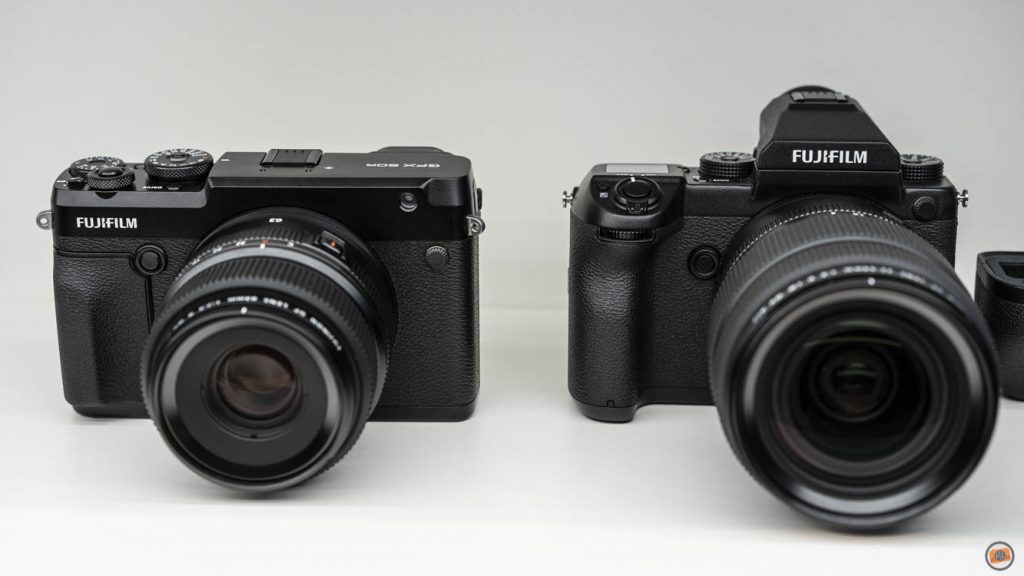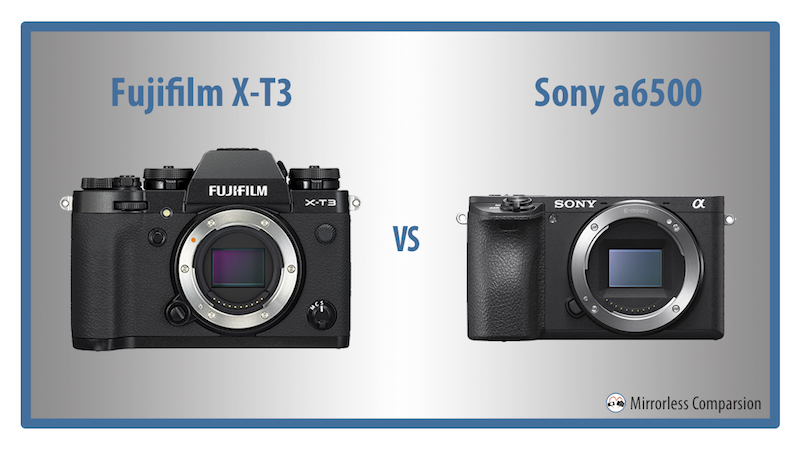When we tested the Ricoh GR II back in 2016, it immediately rose to the top of our list of favourite compact cameras. The 16MP APS-C sensor combined with its 18.3mm fixed lens produced some of the sharpest images we’ve ever seen from a compact and the wonderful B&W profiles, with their deep blacks, punchy contrast and film-like grain, encouraged us to use the straight-out-of-camera JPGs more than any other model we’d tried up until then.
Now, just over three years on from the release of its predecessor, the Ricoh GR III is set to hit the market with a number of new features that should certainly tempt many current GR users to at least consider upgrading. Curious to find out more about the main differences between the two models? Then keep on reading!





